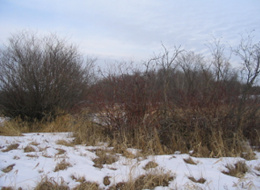WETLANDS
All wetlands, even those without open water, are protected under state law.
Impacts to wetlands, including draining, filling, or excavation need approval or permits on the local, state and federal levels.
For more information about working in or near a wetland, please click on one of the following links:
Minnesota Board of Water and Soil Resources
What is a wetland?
Wetlands, sometimes known are marshes or bogs, are areas where water covers the soil, or is present either at or near the surface of the soil all year or for varying periods of time during the year, including during the growing season. They support both aquatic and terrestrial wildlife, and are are most common on floodplains along rivers and streams, along the margins of lakes and ponds, and in other low-lying areas.
Want to know what plants will grow best in and around your wetland? Check out our Wonderful Wetlands presentation for ideas.
Will you recognize a wetland when you see one?
When identifying wetlands, agencies and private consultants use the scientific protocol in the Corps of Engineers 1987 Manual for Delineating Jurisdictional Wetlands. But, for the average landowner, there are some basic clues that may indicate that a wetland exists and that a closer look is needed. If your site looks like the ones below you may have a wetland. And if you have a wetland, a permit will be needed.
Click on the images below to learn more about wetlands and how to identify them. Descriptions of each image appear when the mouse is positioned over the image.
Read about the Tamarack Nature Preserve - a unique wetland in Woodbury.










